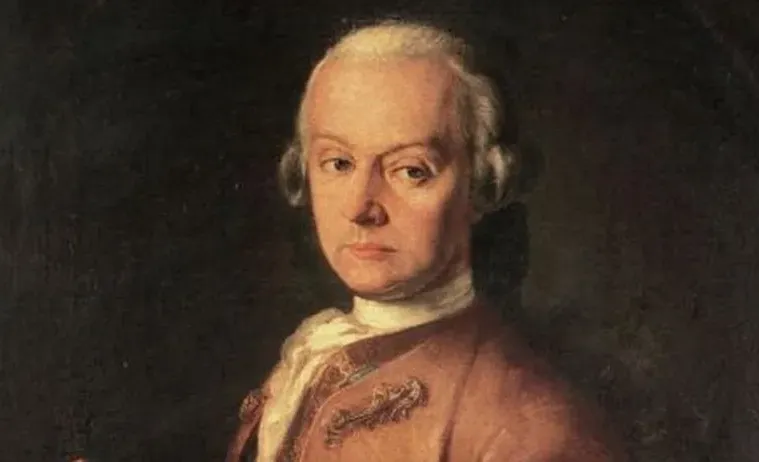Classical music has a special allure that transcends generations. Its rich tapestry of melodies, harmonies, and stories has enchanted listeners for centuries, and introducing children to this world can be a deeply rewarding experience. In this article, we’ll explore what classical music is, why it’s beneficial for kids, how to introduce it to them, and highlight some of the most beloved composers and pieces that captivate young audiences.
I. What is Classical Music?
Classical music refers to a genre that spans over 1,000 years of Western musical tradition. It includes a vast array of styles and forms, from the medieval chants of Hildegard von Bingen to the complex symphonies of Ludwig van Beethoven. One of its defining features is its adherence to certain structural principles, such as formality, complexity, and attention to detail.
1. Key Characteristics of Classical Music:
Melody: Memorable and often intricate tunes that unfold over time.
Harmony: The blending of different musical notes to create chords and progressions.
Rhythm: The organization of musical sounds in time, ranging from lively dance rhythms to stately marches.
Texture: How musical layers interact, whether it’s a single melody or a dense orchestral arrangement.
Form: The overall structure of a piece, often following patterns like sonata form, theme and variations, or rondo.
II. Why Introduce Classical Music to Kids?
Introducing children to classical music offers a multitude of benefits beyond simply expanding their musical horizons. It can enhance cognitive development, foster creativity, and instill a lifelong appreciation for the arts. Here are some compelling reasons to expose children to classical music:
Development of Listening Skills: Classical music often features intricate melodies and harmonies, encouraging children to listen attentively and discern different musical elements.
Emotional Expression: Classical compositions range from joyous and playful to melancholic and introspective, providing children with a means to explore and understand a wide range of emotions.
Cultural Awareness: Many classical pieces are deeply rooted in historical and cultural contexts, offering children insights into different time periods and traditions.
Enhanced Concentration and Focus: The complexity and depth of classical music can improve concentration levels and attention spans in children.
Introduction to Instruments: Classical music showcases a variety of instruments, from the grand piano to the soaring violin, inspiring children to explore and perhaps even learn to play an instrument themselves.
Creativity and Imagination: Experiencing the imaginative worlds created by composers can stimulate creativity and encourage children to think outside the box.
III. How to Introduce Classical Music to Kids
Introducing classical music to children should be a joyful and engaging experience. Here are some practical tips for parents, educators, and caregivers:
1. Start Early: Introduce classical music to children from a young age, as early exposure can cultivate a natural affinity for the genre.
2. Use Storytelling: Narrate stories or create simple narratives around pieces of music to make them more relatable and engaging for children.
3. Interactive Listening: Encourage active listening by asking children questions about what they hear—whether it’s the mood of the music, the tempo, or the instruments being played.
4. Attend Concerts: Take children to age-appropriate classical concerts or performances. Many orchestras offer family-friendly programs designed to introduce children to live classical music in a welcoming environment.
5. Incorporate Movement: Use movement and dance to help children connect physically with the rhythm and flow of classical music.
6. Explore Multimedia Resources: Utilize books, videos, and interactive apps that introduce classical music in a fun and accessible way for children.
7. Connect with Composers: Share interesting stories about composers’ lives and backgrounds to humanize the music-making process and inspire children.
8. Create Musical Activities: Foster creativity through musical activities such as composing simple melodies, conducting imaginary orchestras, or exploring different musical instruments.
IV. Beloved Composers and Pieces for Kids
Exploring the works of renowned composers is an excellent way to introduce children to classical music. Here are some composers and pieces that have resonated with young audiences:
Exploring the works of renowned composers is an excellent way to introduce children to classical music. Here are some composers and pieces that have resonated with young audiences:
1. Wolfgang Amadeus Mozart (1756-1791)
Symphony No. 40 in G Minor, K. 550: Known for its dramatic opening and lively melodies.
Eine kleine Nachtmusik, K. 525: A charming serenade that children often find delightful.
2. Ludwig van Beethoven (1770-1827)
Symphony No. 6 in F Major, Op. 68 (“Pastoral”): Depicts scenes of countryside life and nature, appealing to children’s imaginations.
Für Elise, WoO 59: A popular piano piece with a memorable melody.
3. Johann Sebastian Bach (1685-1750)
Brandenburg Concerto No. 3 in G Major, BWV 1048: A lively and engaging piece showcasing the interplay of different instrumental groups.
Jesu, Joy of Man’s Desiring, BWV 147: A serene and uplifting choral work that children often find soothing.
4. Pyotr Ilyich Tchaikovsky (1840-1893)
The Nutcracker Suite, Op. 71a: A ballet suite filled with enchanting melodies and vibrant orchestration, perfect for sparking children’s imaginations.
Swan Lake Suite, Op. 20a: Another ballet masterpiece with evocative themes that captivate young listeners.
5. Antonio Vivaldi (1678-1741)
The Four Seasons: A set of four violin concertos, each depicting a different season, which children find both descriptive and engaging.
6. Sergei Prokofiev (1891-1953)
Peter and the Wolf, Op. 67: A narrated orchestral fairy tale that introduces children to different instruments through characters in the story.
See Also: The Power of Classical Music: How It Benefits the Brain
V. Conclusion
Introducing classical music to kids is not just about teaching them about musical notes or historical composers—it’s about opening doors to a world of creativity, emotion, and discovery. By fostering a love for classical music early on, we equip children with a lifelong appreciation for the arts and a deeper understanding of our cultural heritage. Whether through lively symphonies, whimsical ballets, or intimate solo performances, classical music has the power to inspire, educate, and enchant young minds for generations to come.

